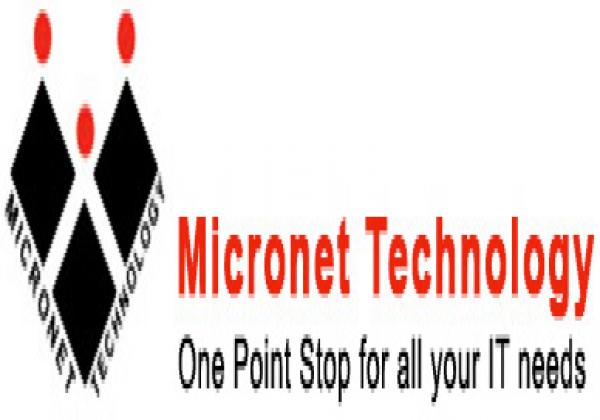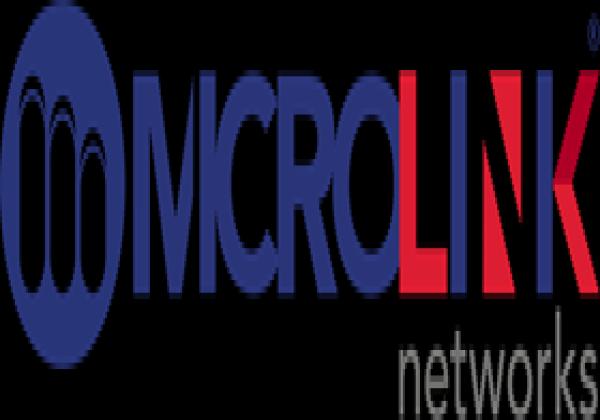Fiber Optic Cleaver Suppliers in Dubai,UAE

IFMEA
Phone: +97143296764
Emirate:Dubai, P.O.BOX:
Address:Dubai Branch : GF-01, Shams Business Park AL Garhoud , Dubai

Micronet Technology
Phone: 0505648497
Emirate:Dubai, P.O.BOX:182415
Address:Office 102, Rifa Old Building, Opp Palm Beach Hotel, Khalid Bin Waleed St, Bur Dubai

LAN GUARD
Phone: +971 2 6329170
Emirate:Abu Dhabi, P.O.BOX:
Address:M01 Floor, Princess Jewellery Building, Khaleefa Street, Abu Dhabi, United Arab Emirates

Microlink networks llc
Phone: +97145561557
Emirate:Dubai, P.O.BOX:
Address:Boulevard Plaza Tower One, Level 3, Downtown Dubai, United Arab Emirates

Bits Secure IT Infrastructure LLC
Phone: +971 43282444
Emirate:Dubai, P.O.BOX:3282444
Address:SUNTECH Tower - Office 903 - Dubai Silicon Oasis - Industrial Area - Dubai - United Arab Emirates
A fiber optic cleaver is a specialized tool used to precisely cleave (cut) the end of a fiber optic cable. This clean and perpendicular cut is crucial for efficient light transmission during splicing, which permanently joins two fiber optic cables. Inaccurate cleaves can lead to significant signal loss, compromising the performance of your fiber optic network.
Key Functions:
Precise cleaving: Creates a clean and perpendicular end face on the fiber optic cable, minimizing light scattering and ensuring efficient light coupling during splicing.
Adjustable blade: Allows for setting the cleaving depth according to the specific fiber diameter and coating thickness.
Multiple cleaves: Offers the ability to perform multiple cleaves with consistent quality, reducing cable waste.
Durable construction: Built to withstand repeated use in demanding environments.
Types of Fiber Optic Cleavers:
Manual cleavers: Require manual operation to position and cleave the fiber. They are generally more affordable but may require practice for achieving consistent results.
Semi-automatic cleavers: Offer features like automatic blade advancement or clamping mechanisms, simplifying the cleaving process and improving consistency.
Automatic cleavers: Fully automated tools that provide the highest level of precision and repeatability, ideal for high-volume splicing applications.
Selection factors for Fiber Optic Cleavers:
Cleaving capacity: Choose a cleaver compatible with the diameter and coating thickness of the fiber optic cables you will be working with.
Ease of use: Consider your experience level and desired level of automation when selecting between manual, semi-automatic, or automatic cleavers.
Blade life: Opt for cleavers with long-lasting blades to minimize replacement costs.
Portability: If portability is important for field applications, consider the size and weight of the cleaver.
Benefits of Using a Fiber Optic Cleaver:
Improved splice quality: Precise cleaves ensure efficient light coupling and minimize signal loss, leading to high-performance splices.
Reduced rework: Consistent and accurate cleaves minimize the need for re-cleaving due to poor quality cuts.
Increased efficiency: Faster cleaving process compared to manual methods, especially with semi-automatic or automatic models.
Using a Fiber Optic Cleaver:
Prepare the fiber optic cable: Strip the outer jacket and buffer coating to expose the bare fiber.
Clean the fiber end face: Remove any dust or debris using a lint-free wipe and cleaning solvent.
Set the cleaver blade: Adjust the blade depth according to the fiber diameter.
Position the fiber: Secure the fiber in the cleaver's holder.
Perform the cleave: Activate the cleaving mechanism (manual, semi-automatic, or automatic) to create a clean cut.
Inspect the cleaved end face: Use a fiber optic microscope to verify a clean and perpendicular end face.
Key Functions:
Precise cleaving: Creates a clean and perpendicular end face on the fiber optic cable, minimizing light scattering and ensuring efficient light coupling during splicing.
Adjustable blade: Allows for setting the cleaving depth according to the specific fiber diameter and coating thickness.
Multiple cleaves: Offers the ability to perform multiple cleaves with consistent quality, reducing cable waste.
Durable construction: Built to withstand repeated use in demanding environments.
Types of Fiber Optic Cleavers:
Manual cleavers: Require manual operation to position and cleave the fiber. They are generally more affordable but may require practice for achieving consistent results.
Semi-automatic cleavers: Offer features like automatic blade advancement or clamping mechanisms, simplifying the cleaving process and improving consistency.
Automatic cleavers: Fully automated tools that provide the highest level of precision and repeatability, ideal for high-volume splicing applications.
Selection factors for Fiber Optic Cleavers:
Cleaving capacity: Choose a cleaver compatible with the diameter and coating thickness of the fiber optic cables you will be working with.
Ease of use: Consider your experience level and desired level of automation when selecting between manual, semi-automatic, or automatic cleavers.
Blade life: Opt for cleavers with long-lasting blades to minimize replacement costs.
Portability: If portability is important for field applications, consider the size and weight of the cleaver.
Benefits of Using a Fiber Optic Cleaver:
Improved splice quality: Precise cleaves ensure efficient light coupling and minimize signal loss, leading to high-performance splices.
Reduced rework: Consistent and accurate cleaves minimize the need for re-cleaving due to poor quality cuts.
Increased efficiency: Faster cleaving process compared to manual methods, especially with semi-automatic or automatic models.
Using a Fiber Optic Cleaver:
Prepare the fiber optic cable: Strip the outer jacket and buffer coating to expose the bare fiber.
Clean the fiber end face: Remove any dust or debris using a lint-free wipe and cleaning solvent.
Set the cleaver blade: Adjust the blade depth according to the fiber diameter.
Position the fiber: Secure the fiber in the cleaver's holder.
Perform the cleave: Activate the cleaving mechanism (manual, semi-automatic, or automatic) to create a clean cut.
Inspect the cleaved end face: Use a fiber optic microscope to verify a clean and perpendicular end face.


